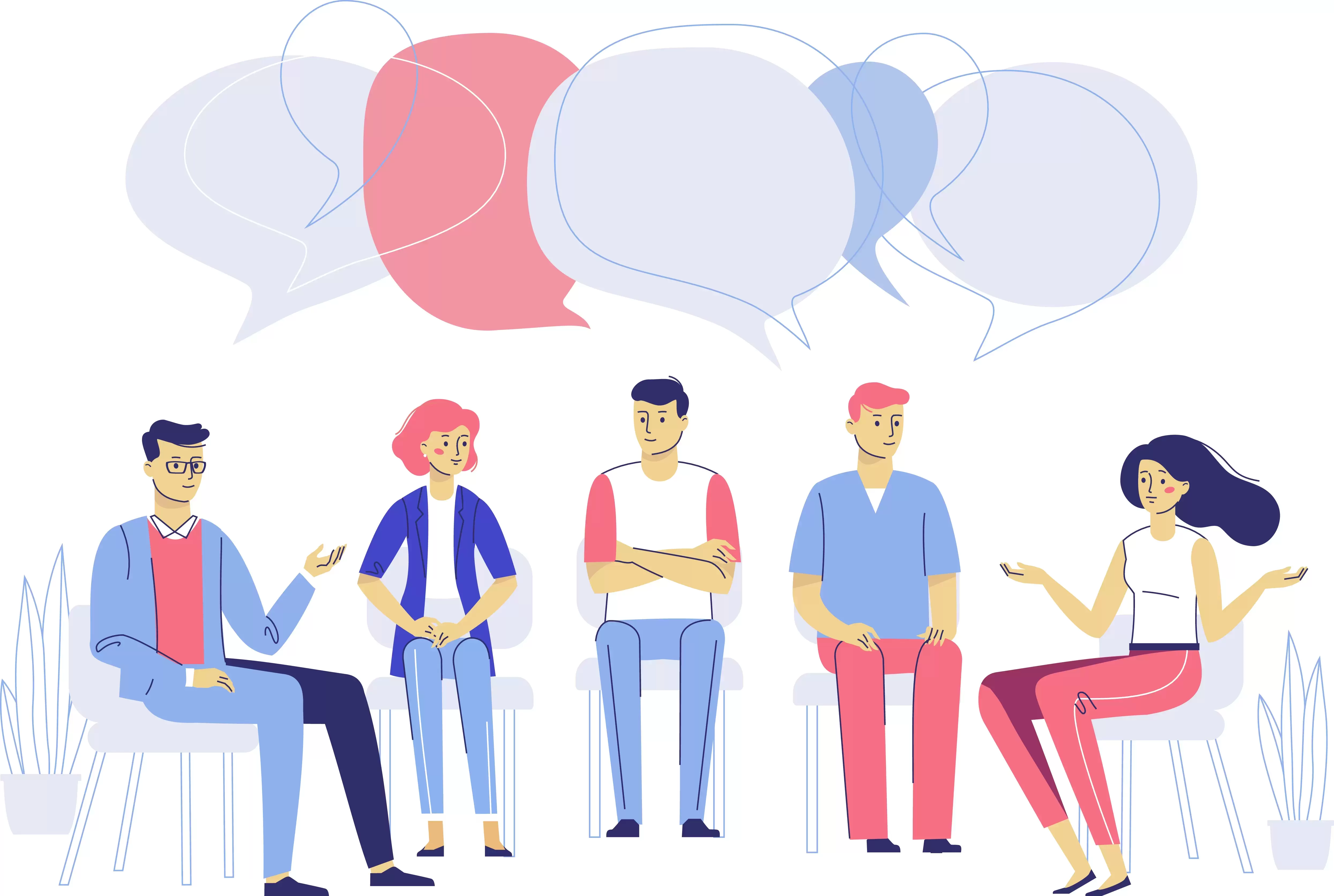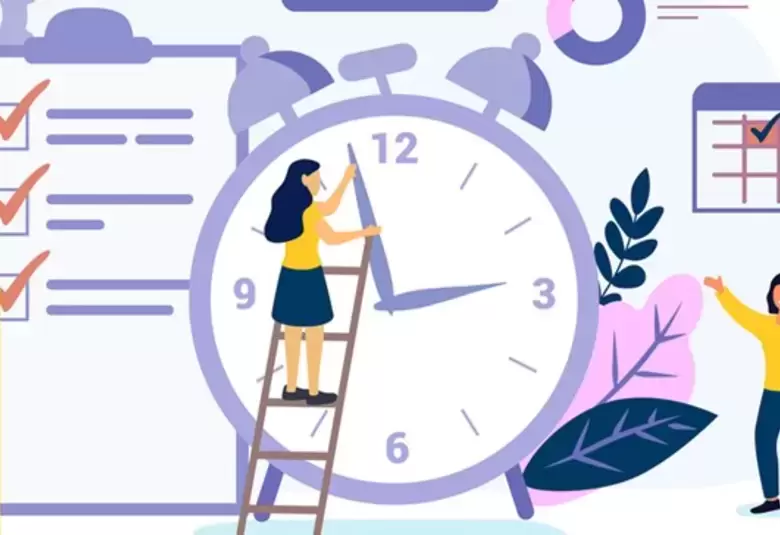
Psychedelic drugs and their effect on brain plasticity and modularity
Classic psychedelic drugs act as agonists of the serotonin 2A receptor, and there have been suggestions that psychedelic drugs may have potential for use in therapy. In a keynote address at RANZCP Congress 2022, Professor Robin Carhart-Harris gave insights into the pharmacological action of these compounds, as well as their effects on the brain.
Classic psychedelic drugs including psilocybin, lysergic acid diethylamide (LSD), and dimethyltryptamine (DMT) have a common key mechanism of action, acting as serotonin 2A receptor agonists.1 These drugs have a high affinity with serotonin 2A receptors (5-HT2AR).2
It is thought that serotonin 2A receptor agonism enhances plasticity and malleability within the brain.
This plasticity and malleability can be seen via the effects of 5-HT2AR agonism, which has been found to increase markers of neuroplasticity,3,4 is associated with cortical expansion,5 and has been found to enhance simple learning6 and psychological flexibility.7,8 Professor Carhart-Harris suggested that the evolutionary function of the 5-HT2A receptor may be to assist with dealing with adversity, given the evidence for serotonin 2A-mediated adaptability. Chronic stress upregulates 5-HT2AR,9,10 and these receptors may promote plasticity during times of adversity.
This plasticity may promote ‘pivotal mental states.’11 These transient states can enable conditions of plasticity allowing for transformative psychological change.
Psychedelic therapy aims to make use of pivotal mental states, combining drug therapy with psychotherapy within a positive environment to try to bring about lasting change. There is emerging evidence for use of psychedelic therapy in improving well-being,12 and in treatment of addiction,13 depression,14 and obsessive compulsive disorder.15
It is possible that psychedelic therapy could be used transdiagnostically, since many disorders have inflexible habits or biases at their core. Increasing psychological flexibility via promoting plasticity in the brain could potentially be useful across a variety of mental health conditions.16
Results from fMRI studies suggest that psychedelic drugs increase activity in the brain, allowing for greater communication between brain regions.17,18
This reduction in modularity within the brain has also been seen following psilocybin therapy for treatment resistant depression19 and major depressive disorder.20 Psychedelic therapy may ‘flatten’ the landscape of the brain, Professor Carhart-Harris said, reducing rigidity and allowing new thoughts, insights and perspectives to emerge. This may occur via a temporary breakdown of the organisation of the brain which allows for greater plasticity and change. Although further research is needed, some promising results have been seen in trials of psilocybin, which may have potential for use as a treatment for depression.19,20
Our correspondent’s highlights from the RANZCP 2022 symposium are meant as a fair representation of the scientific content presented. The views and opinions expressed on this page do not necessarily reflect those of Lundbeck.
Preclinical findings do not necessarily predict clinical outcomes.
AU-HLU-0047. June 2022



